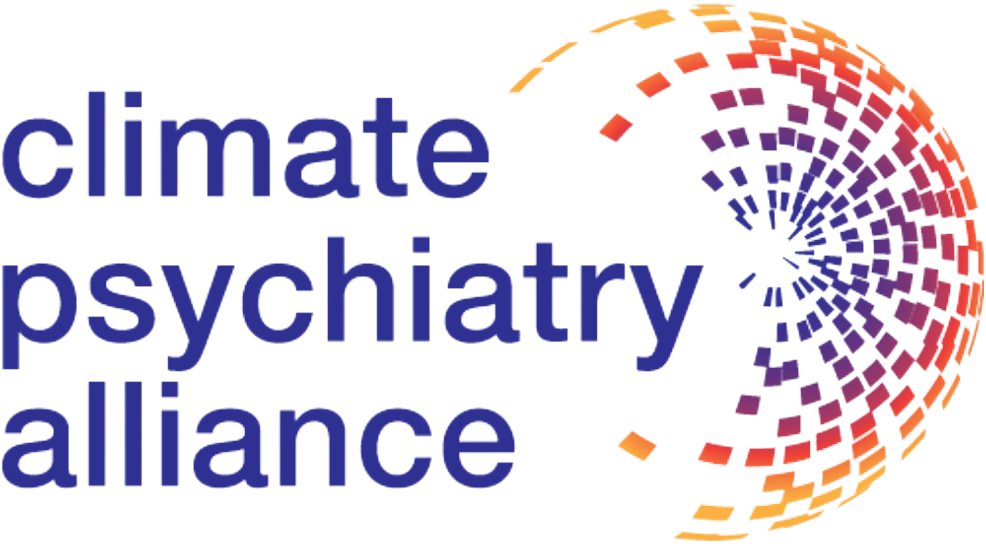Can Action Reroute Fear Pathways?
— Jack Gorman, MD
In the realm of climate science, some things are settled. The earth is warming because of human activities. Burning fossil fuels is the major contributor to climate. Raising beef is an important factor as well. Climate change has already had and will continue to have serious negative impacts on human physical and mental health and wellbeing.
Despite all of this certainty, a key element is still unclear: how to communicate these facts to the public in ways that will motivate individuals and groups to take active steps to reverse climate change. The empirical question boils down to this: how do we message the urgency presented to us by climate change without terrifying people into inaction?
One way to approach this question is to search for animal models in the behavioral neuroscience literature. After the 9/11 tragedy, Joseph LeDoux and Jack Gorman suggested that Pavlovian fear conditioning in rodents might by illustrative. [1] If a rodent is presented with an aversive stimulus, such as a mild electric shock, at the same time as a neutral stimulus, such as a loud tone, it will freeze in place for several seconds. This response is mediated by neural impulses that travel from the amygdala to the periaqueductal grey (PAG) region of the brain. Then, merely playing the tone alone, without shock, will stimulate the same pathway and result in similar freezing. The rodent has been conditioned to fear a previously neutral, or unconditioned stimulus. However, if the rodent is given the impression that it can escape from the experimental setting, say by showing it a trap door in the conditioning chamber, the neural impulse is directed from the amygdala to the striatum instead of the PAG and movement, rather than freezing, occurs. [2] Experiments by Elizabeth Phelps and her colleagues using functional magnetic resonance imaging have shown that the same series of events occurs in humans. [3] From these basic and translational studies, we have argued that frightening people can cause them to freeze, whereas giving them a sense that they can take personal, meaningful action obviates freezing. [4]
Our hypothesis is that merely frightening people about climate change will backfire, inducing a freezing response and inaction. As Ted Nordhaus and Michael Shellenberger wrote several years ago, “More than a decade’s worth of research suggests that fear-based appeals about climate change inspire denial, fatalism and polarization.” [5] Instead, we speculate that showing people that there are steps they can take enabling them to participate in reversing climate change will “reroute” the freezing response and produce meaningful action and advocacy. By helping people see that they can do things in their own lives—drive less, buy hybrid and electric cars, eat less red meat, etc.—they will feel part of the solution and become advocates for prevention of greenhouse gas emissions.
The important thing is that we evaluate the effect of different kinds of messages about climate change so that we can ultimately decide upon the most effective ones. Our hypothesis is based on strong basic and clinical neuroscience evidence, but it may be wrong. We need to find out.
Footnotes
[1] LedouxJE, GormanJM:A call to action: overcoming anxiety through active coping. Am J Psychiatry2001;158:1953–1955
[2] CainCK, LeDouxJE: Escape from fear: a detailed behavioral analysis of two atypical responses reinforced by CS termination. J Exp Psychol Anim Behav Process2007;33:451–463
[3] BoekeEA, MoscarelloJM, LeDouxJE, PhelpsEA, HartleyCA: Active avoidance: neural mechanisms and attenuation of Pavlovian conditioned responding. J Neurosci 2017;37:4808–4818
[4] Gorman JM, Gorman SE: Freezing with fear. Psychology Today, posted January 2, 2018 https://www.psychologytoday.com/us/blog/denying-the-grave/201801/freezing-fear
[5] Nordhaus t, Shellenberger M: Global warming scare tactics. New York Times April 8, 2014

